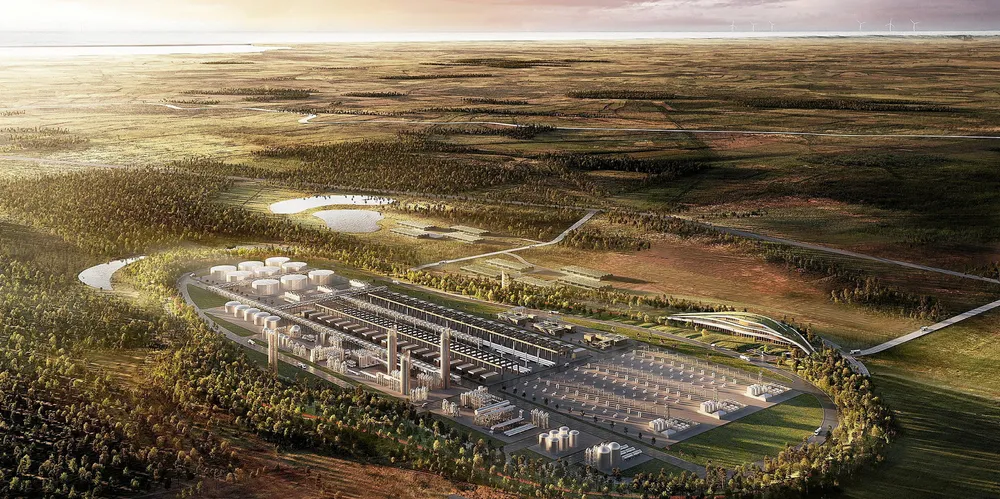Megaton: Denmark's latest $9bn bid to tap gigascale wind and solar for green hydrogen
Project in western Denmark would use on- and offshore turbines and PV to power 2GW of electrolysers by 2030

Project in western Denmark would use on- and offshore turbines and PV to power 2GW of electrolysers by 2030
